#OLOTILECEMENTBOUTIQUE

It's no secret that cement tile is very popular. Of course it is, look how beautiful it can transform any space. OLO TILE truly appreciates the ancient handmade tile craze. We are obsessed with all of the inspiring photos on Pintrest and Houzz we love to share them.
Tiles in their earliest form as a decorative artwork, date back over 3000 years Cement tiles or hydraulic tiles are handmade colorful tiles used as floor coverings. They appeared in Catalonia in the 1850s, and have been widely used in Europe and America. They are mostly known throughout the world as encaustic cement tile. Like their predecessors, encaustic clay tiles, they derive their name from the term "encaustic" which is an art term used for metal enameling that uses a type of lost wax procedure.
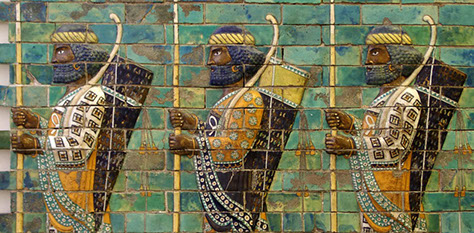
![They have this name because of the intricate patterns and designs that mimic the encaustic enameling process. Cement tiles are not fired; there is no glaze layer on the surface of the tile. They derive their durability from the combination of finely dehydrated ground Portland cement layer and a more coarse layer of sand and cement. The pigment layer is hydraulically pressed into the surface and becomes a part of the tile. Cement tile appeared in the 1850s in Catalonia.[1] They were exhibited in the Paris (France) International Exposition of 1867 by the Catalan company Garret & Rivet.[2] In the United States, several sources say the first tiles were made near the country's first Portland cement plant. Around the turn of the 20th century, the tiles were very popular and were considered a high-end floor covering. It was used in thousands of landmark public buildings and palaces. Their popularity began to wane in the 1920s, but spread again in the 40s primarily in California and Florida.](images/u33332-8.png?crc=216028260)
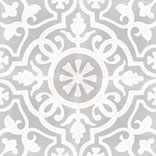
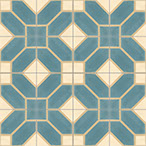
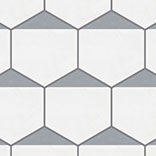
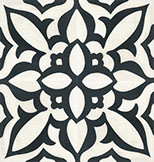
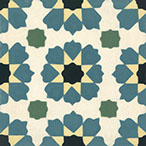
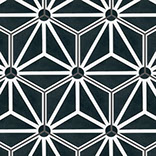
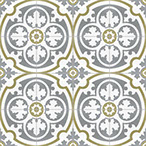
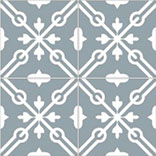

Are OLO TILES handmade?

Are cement tiles installed in Wood sub-floor?

Are cement tiles used in Backslashes?

Are cement tiles used in freezing weather?

Are cement tiles used with heating systems?

Are cement tiles installed in Bathrooms or water places?

Is there a difference between cement tiles?

Are cement tiles LEED certified?
LEED Certification just apply to the building, but by using cement tiles your project can get some points, because cement tiles are handmade, 100% recyclable, not fired and save energy.
Are cement tiles ecologically friendly with environment?
Yes!!! Cement tiles are ecologically friendly, all materials are natural minerals and the process does use fire. OLO TILE cement tiles are cured by using recycled water.
Do you accept returns?
Installation of our products means acceptance and absolutely no returns and/or exchange will be accepted. Please inspect product before your contractor installs it.

